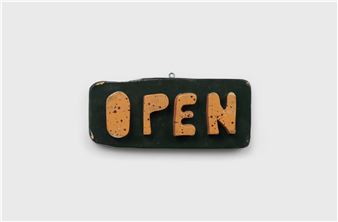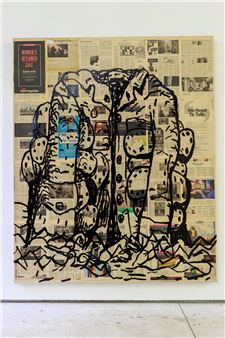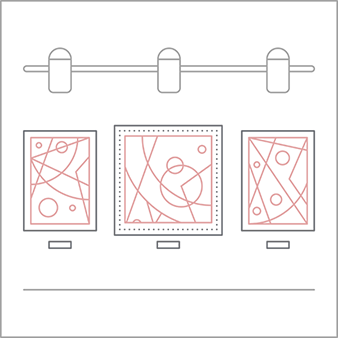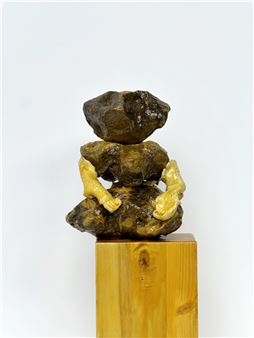Daisy Sheff: birds aвҖҷsinginвҖҷ and bees aвҖҷbuzzinвҖҷ
вҖңThe crust of various cosmic bodies is temporary,вҖқ writes Paul Klee in his notebook, вҖңour faltering existence on the outer crust should not prevent us from recognising this.вҖқ
In the painting вҖңMeadowsweet and HemlockвҖқ overlapping planes sit side by side, one beside the other, overlapping and touching. In their difference they create depth, in their reducibility they create communion. The artist nestles her name among them, offering herself up as an interchangeable moment in a field of perspectives. Color touches color. Shades near rot are germane to subsequent shades. Subsumption isnвҖҷt bad.
To say a painting вҖңpulls you inвҖқ isnвҖҷt a very interesting thing to say, but what is meant, perhaps, that a painting has the ability to collapse exteriority and to render perspective flat, equilateral, well, thatвҖҷs interesting. Here, Daisy SheffвҖҷs works summon notions of the country. Not a country, but the country. A vague, mythological place conjured from internal вҖҳmaginations.
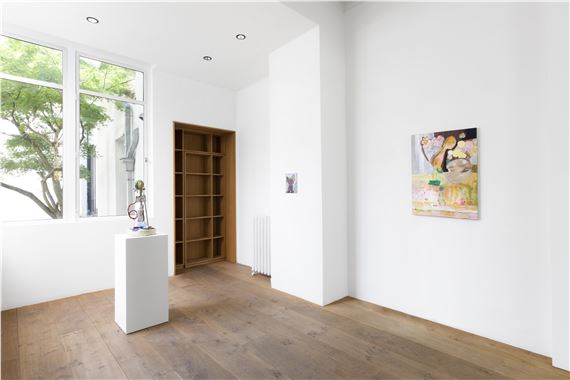
Recommended for you
вҖңThe crust of various cosmic bodies is temporary,вҖқ writes Paul Klee in his notebook, вҖңour faltering existence on the outer crust should not prevent us from recognising this.вҖқ
In the painting вҖңMeadowsweet and HemlockвҖқ overlapping planes sit side by side, one beside the other, overlapping and touching. In their difference they create depth, in their reducibility they create communion. The artist nestles her name among them, offering herself up as an interchangeable moment in a field of perspectives. Color touches color. Shades near rot are germane to subsequent shades. Subsumption isnвҖҷt bad.
To say a painting вҖңpulls you inвҖқ isnвҖҷt a very interesting thing to say, but what is meant, perhaps, that a painting has the ability to collapse exteriority and to render perspective flat, equilateral, well, thatвҖҷs interesting. Here, Daisy SheffвҖҷs works summon notions of the country. Not a country, but the country. A vague, mythological place conjured from internal вҖҳmaginations.
Artists on show
Contact details


 ARTISTS
ARTISTS







